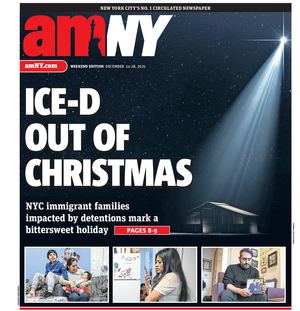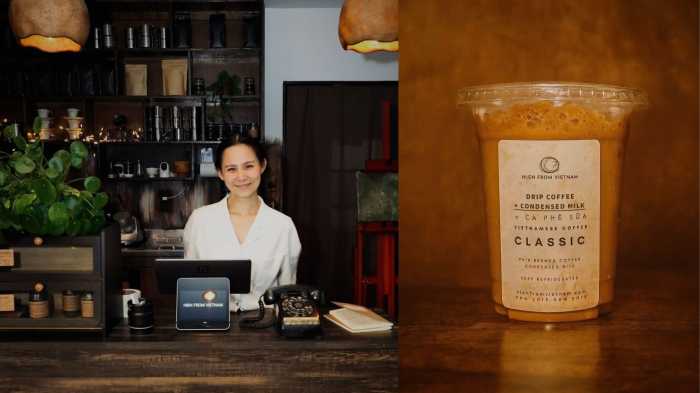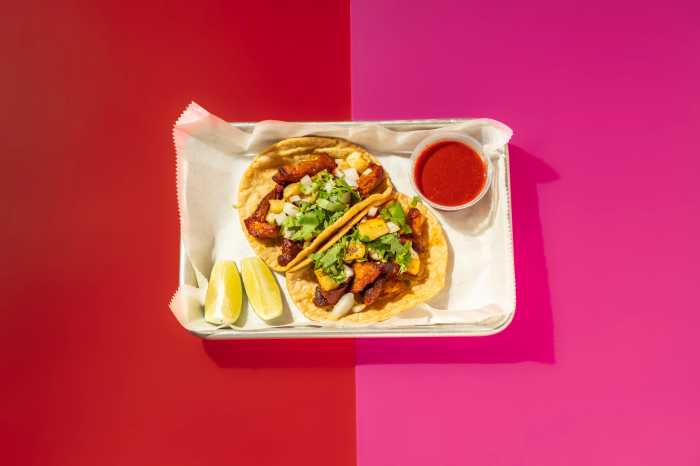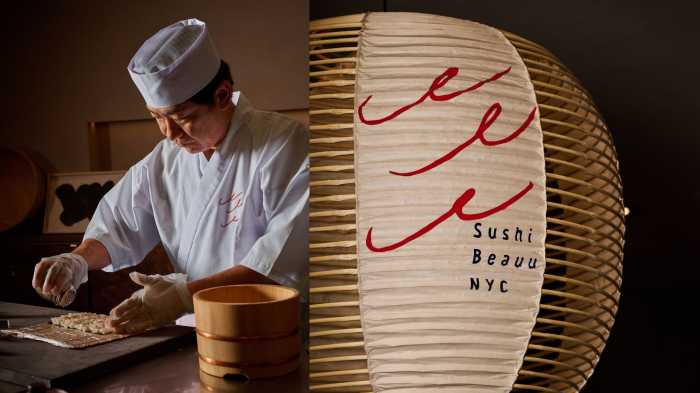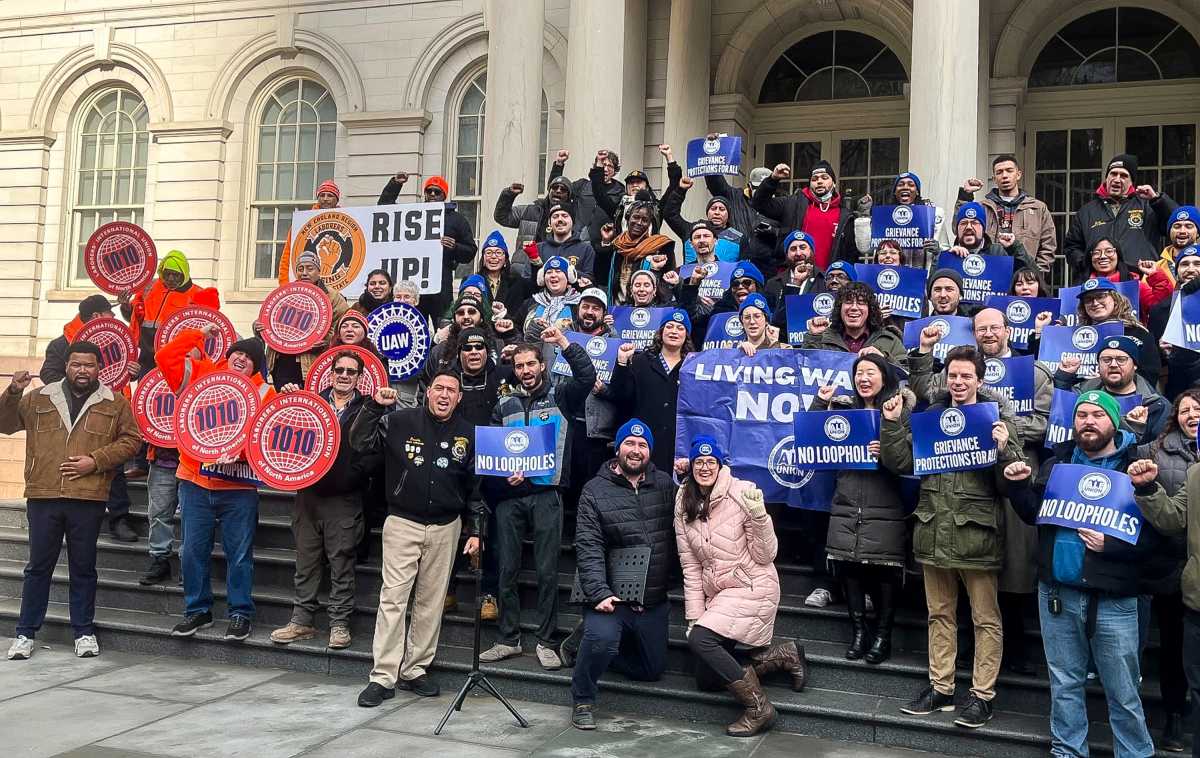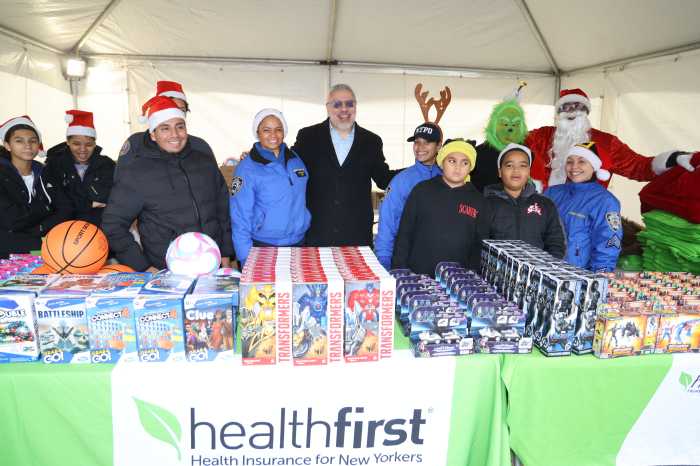From meatless Mondays to vegetable-forward restaurants, vegetarian dining is striking a chord.
But if you haven’t given up on your cheeseburgers and pork chops just yet, your diet might be what Nikki Dinki likes to call “meat on the side.”
“There are a lot of people really interested in eating a little less meat — not going all the way to no meat,” says Dinki, a co-host of the Cooking Channel’s “Junk Food Flip” who also eats this way. “It’s putting a name to a lot of the way people are already eating.”
In her new cookbook, “Meat on the Side” (out June 7 on St. Martin’s Press, $27.99), Dinki offers 100 veggie-centric recipes, which all feature 4 oz. of meat or less (the USDA recommends that adults eat 5 to 61⁄2 ounces of meat per day).
A big goal of the cookbook was offering new ways to think about vegetables, Dinki says, from zucchini crust pizza to broccoli tacos.
“We think about a lot of vegetables one way,” she says. “This is giving unique and totally different ideas we can do with the same old thing.”
A current favorite of the author’s right now is the spaghetti squash “mac” and cheese with green chiles and Creole chicken, which replaces pasta with spaghetti squash.
“I’m really pasta obsessed,” says Dinki, a new mom. “It’s a dish I want to eat at the end of a long day with a newborn, but one I don’t feel terrible about eating the next day.”
Many of the recipes come in at 500 calories or less. They’re also noted if they’re family-friendly, “50/50” (one meal that’s both meatless and vegetarian for households with mixed diets), can be made in 20 or 30 minutes with no more than 10 ingredients or there are ways to make a vegetarian dish meaty.
“Every single recipe has notes on how to simplify it, change it, add meat, take away meat,” Dinki say. “With cooking, it’s about flexibility and making it your own.”
Developing recipes in her Murray Hill apartment also means the dishes are good for people without high-end kitchens.
“I have a very basic New York City kitchen — we all know what it looks like,” Dinki says. “If I can make it out of my kitchen, everyone out there can definitely make it out of theirs. This book is about somebody who has limited kitchen equipment, limited access to grocers — you can always make everything.”
